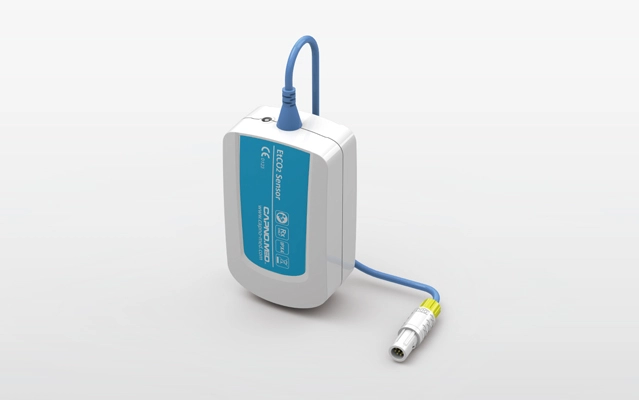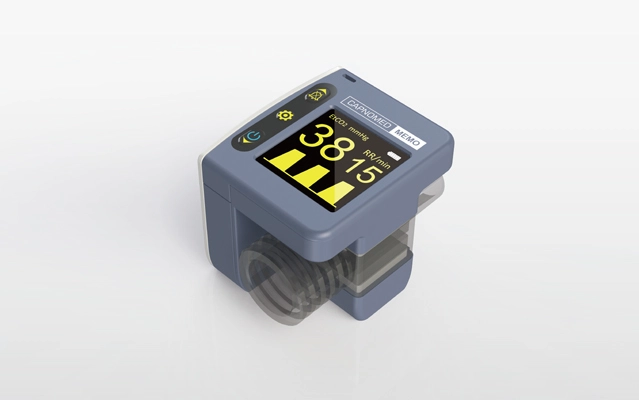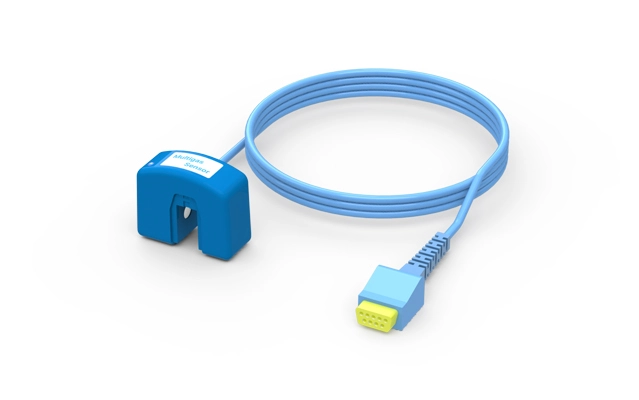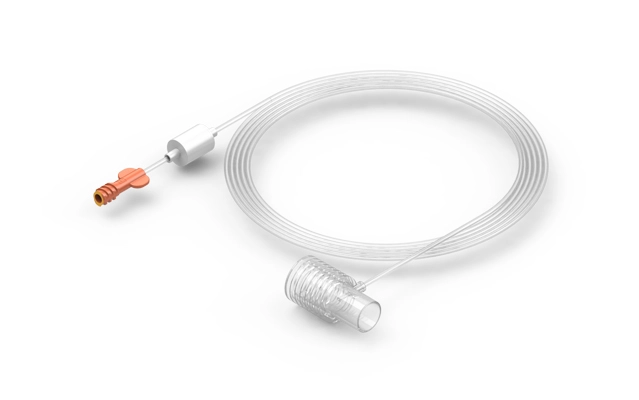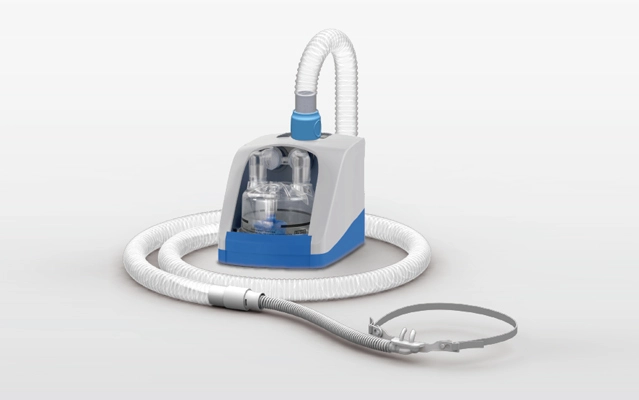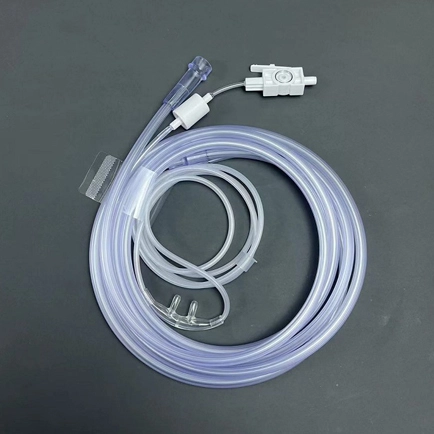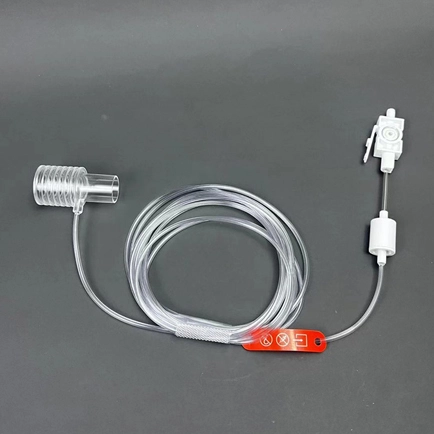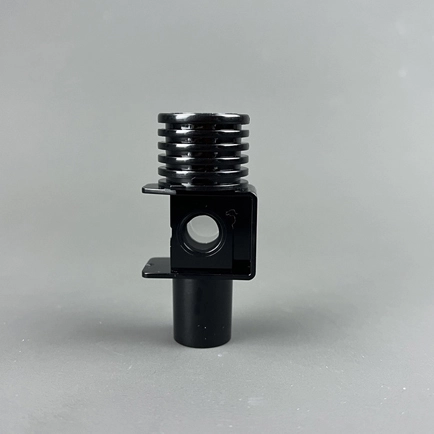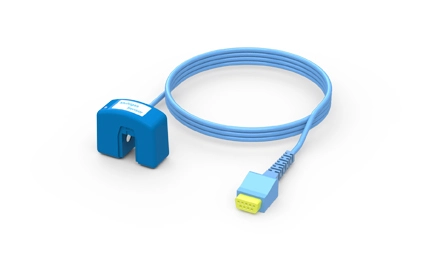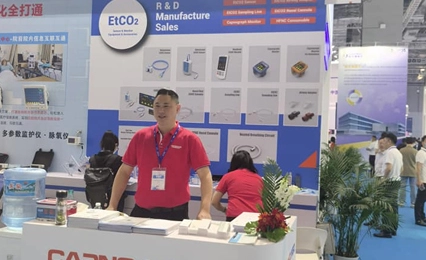In modern medical technology, anesthesia is an indispensable part of the surgical process. To ensure patient safety during surgery, anesthesiologists rely on a variety of advanced monitoring devices. Among these, mainstream capnography sensor plays a crucial role due to their unique features and advantages in the anesthesia process.
Capnography Sensor: The "Eye" of Anesthesia Monitoring
During anesthesia, doctors need to monitor various vital signs of the patient in real-time to ensure the depth and effectiveness of the anesthesia. Mainstream capnography sensor, as an important tool for anesthesia monitoring, can accurately and quickly detect the end-tidal carbon dioxide concentration (PETCO2) of the patient's exhaled breath. This data is crucial for assessing the patient's pulmonary ventilation status, evaluating the depth of anesthesia, and predicting postoperative complications. By monitoring PETCO2 in real-time, doctors can promptly adjust the dosage of anesthetic drugs, ensuring the safety of the patient.
Mainstream Technology: Enhancing Monitoring Accuracy and Stability
Currently, the mainstream capnography sensor on the market primarily use technologies such as nondispersive infrared (NDIR) and photoacoustic spectroscopy (PAS). These technologies are characterized by high sensitivity, high accuracy, and quick response, meeting the requirements of anesthesia monitoring for real-time, stability, and reliability. Mainstream capnography sensor that adopts these technologies can operate stably in complex medical environments, providing doctors with accurate and reliable monitoring data.
Specific applications in anaesthesia practice
In practical applications, mainstream capnography sensor is widely used in the monitoring of various surgical anaesthesia. For example, in general anaesthesia, doctors can determine the ventilation status of the patient's lungs by monitoring PETCO2, so as to adjust the dosage of anaesthesia drugs and the parameters of the ventilator. In regional anaesthesia, mainstream capnography sensor can also play an important role in helping doctors assess the effectiveness of anaesthesia and patient comfort. In addition, in emergency surgery and critical care scenarios, mainstream capnography sensor also plays a crucial role.
Future Prospects: Intelligent and Networked
With the continuous development of medical technology, the application of mainstream capnography sensor in anaesthesia monitoring will also continue to expand and deepen. In the future, mainstream capnography sensor will be more intelligent and networked, and be able to seamlessly connect and share data with other medical devices. This will make it easier for doctors to access the patient's vital signs data and conduct remote monitoring and diagnosis. At the same time, with the continuous development of artificial intelligence technology, mainstream capnography sensor will also have more intelligent analysis and prediction capabilities, providing anaesthesiologists with more comprehensive and accurate decision support.
In conclusion, mainstream capnography sensor plays an irreplaceable role in the anaesthesia process. With the continuous progress of technology and the expansion of application scenarios, mainstream capnography sensor will play a more important role in the future medical field.
 English
English
